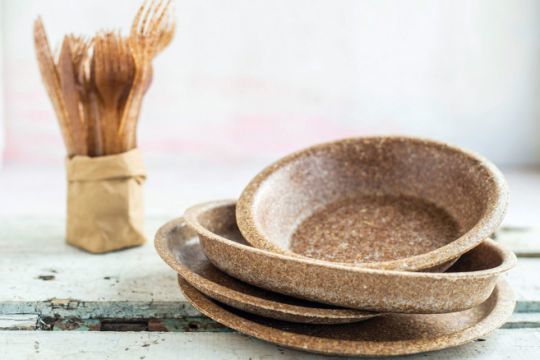Last April, Thomas Pesquet left for his second six-month mission on the International Space Station (ISS). In his luggage, he carried 10 kilos of gingerbread. Gingerbread was chosen by the crew to cushion the food in the packaging and absorb the vibrations of the rocket, optimizing the weight and volume of the astronauts' luggage. To address the problem of waste, which cannot be thrown away in space, the astronauts simply opted for edible packaging.
This is not a new idea, but at a time when regulations are tightening in favor of more ecological packaging, can we expect a breakthrough in these containers that are eaten? For several years now, companies have been looking into this issue, such as the Belgian chocolate maker Mélanie Lemmens, who has replaced the traditional plastic insert in her praline boxes with a chocolate insert.
Edible tableware at the heart of innovation
Two Czech students have developed a cup made of oats and fiber that can withstand temperatures of 85 degrees and is edible for 12 hours. The start-up Do Eat designs edible dishes made from potatoes and cereals. In the United States, Loliware allows you to eat straws made from seaweed and flavored. In Poland, the company Biotrem manufactures bowls, cutlery, edible and microwaveable plates from wheat and water. Russian and Indian scientists have even recently unveiled edible and biodegradable food films.

Everywhere on the planet, new solutions are being developed and are already being used for space travel.







